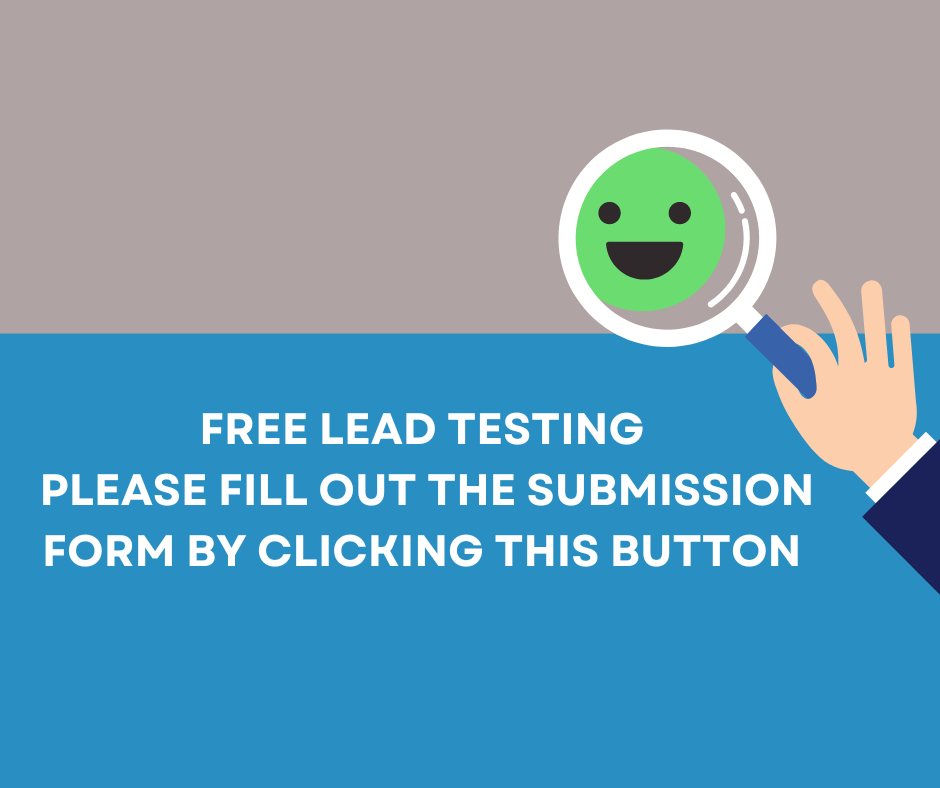Lead in Water Testing & Information

What is lead in Drinking Water?
Lead is a common, naturally occurring metallic element that can be found in air, soil, and water. It is also a powerful toxin that is harmful to human health.
Lead was commonly used in gasoline and paint until the 1970s and is still found in products such as ceramics, batteries, ammunition, and cosmetics. Lead was used for centuries in plumbing because of its pliability and resistance to leaks; in fact, lead’s chemical symbol, Pb, is derived from the Latin word for plumbing. In 1975, Canada banned the use of lead pipes in new construction however lead based solder and brass were used until 1986. There is no lead transmission or distribution lines in the municipality.
Health Canada has developed a new guideline value for lead in drinking water to protect the health of Canadians. Learn about the health effects of lead and how to reduce your exposure if it is present in your drinking water.
Health Canada Information on Lead In Drinking Water Click Here
Lead In Water - Document for Public Consultation from Health Canada pdf Click Here (1.00 MB)
What can I do to reduce or eliminate lead from my drinking water?
The best way to remove risks of lead in water is to completely replace all sources of lead. You can take the following steps right away to reduce lead levels in your water.
1. Run the Tap Before Use – Lead levels are likely at their highest when water has been sitting in the pipe for several hours. Clear this water from your pipes by running the cold water for several minutes which allows you to draw fresh water from the main before consuming. You can use the cold water that you run off before consumption to water house plants or to flush toilets.
2. Clean Aerators – Aerators are small attachments at the tips of faucets which regulate the flow of water. They can accumulate small particles of lead in their screens. It’s a good idea to remove your aerators at least monthly and clean them out.
3. Use Cold Water for Cooking Drinking – Hot water dissolves lead quicker than cold so always cook and prepare baby formula with cold water to reduce the levels of lead.
4. Filter the Water – Many home water filters are effective at removing lead. When purchasing a filter be sure that it is certified for lead removal and that you maintain it properly.
What do the Water Utilities (Windsor/Three Mile Plains, Falmouth & Hantsport) do to protect my household from lead?
In order to prevent lead from dissolving into water from lead service lines or home plumbing, the West Hants Water Utilities adjust the water’s chemistry at the treatment plant. This process is known as corrosion control. We sample water at homes considered to be high risk in order to ensure our corrosion control remains effective. Although this reduces risks, the best way to assure your home is safe from lead exposure through water is to remove the potential sources of lead.

